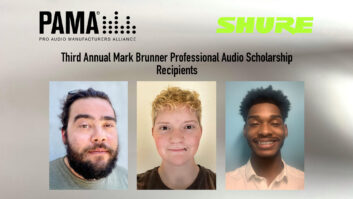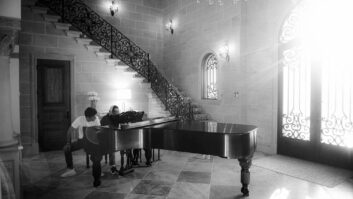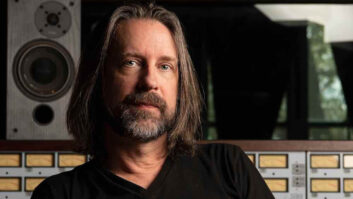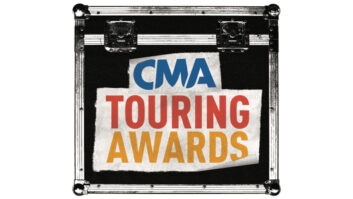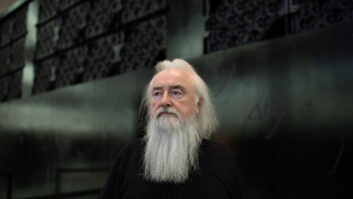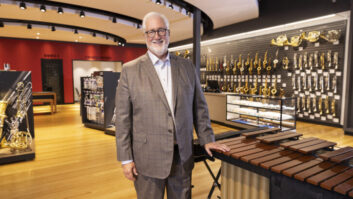Audio industry icon, friend and innovator Wayne Freeman passed away on November 11, 2009, near his home in Southern California from a sudden, massive heart attack at age 62.
Hailing from Yonkers, N.Y., Wayne graduated from Saunders Trades and Tech High School in 1965. Wayne joined the Air Force and was decorated for his combat actions during two tours of duty in Vietnam. After completing his service, he attended New York University, at NYU’s campus in Manhattan.
After moving to California and working at BGW, Wayne became the national sales manager at UniSync and he rep’d amps for AB Systems before setting out on his own to found New West Marketing with Tom Carlile. Around 1982, Wayne’s success caught the attention of British console manufacturer Soundcraft, which recruited him as a marketing and sales manager.
As a member of the Soundcraft crew in the early ’80s, Wayne (then VP of sales and marketing) was part of an amazing brain trust — a creative/technical group affectionately known as audio’s “A-Team,” which branched out to forever change professional audio. Wayne eventually left Soundcraft and held key positions with Trident USA, Fairlight, Amek and Otari, but seemed to find his niche with Marshall Electronics. As the company’s sales director from 2001 through 2008, Freeman brought its MXL mic brand into prominence.
A Man of Many Ideas
Wayne was always an idea guy. Every time I talked to him I felt like I had learned the equivalent of an MBA in marketing. While at MXL, he came up with the notion for the first USB adapter for connecting pro mics directly to computers; he brought the Mogami cable brand as a supplier for high-end guitar cables sold through MI stores; he differentiated the MXL mic brand by having its mics use quality Mogami internal wiring; and he made deals to supply custom-branded mics to companies — such as Tascam — that were built by MXL.
One of Wayne’s amazing concepts was MXL’s 1006BP, a large-diaphragm condenser mic that could be powered by phantom power or via an internal 9-volt battery. He originally developed that idea as a way to pitch large condenser mics to Radio Shack stores, which had 5,000 stores in its chain — a huge market compared to pro audio outlets. As most consumers had no idea how to deal with phantom power, he knew a mic that could be battery/phantom-powered was a must for that crowd. Wayne also saw that traditional boxed mic packaging wouldn’t work for the RS crowd, so pitched them with samples that were blister packed for hanging on store hooks. Although RS eventually nixed the deal — evidently their buyers felt the mics were too upscale for their clientele — this one example speaks volumes about Wayne’s innate ability to connect manufacturing with marketing needs.
More recently, Wayne was the president of Bond Music Research, working with company CEO Ken Berger (co-founder of EAW) to expand the markets for high-end, high-definition audio and music cabling and other high-tech products. One of the company’s recent projects was developing custom cables for Paul Reed Smith to be sold under the PRS brand.
Wayne is survived by his wife, Carol, and their two daughters, Julia and Jennifer. Memorial donations should be made to the American Heart Association.
